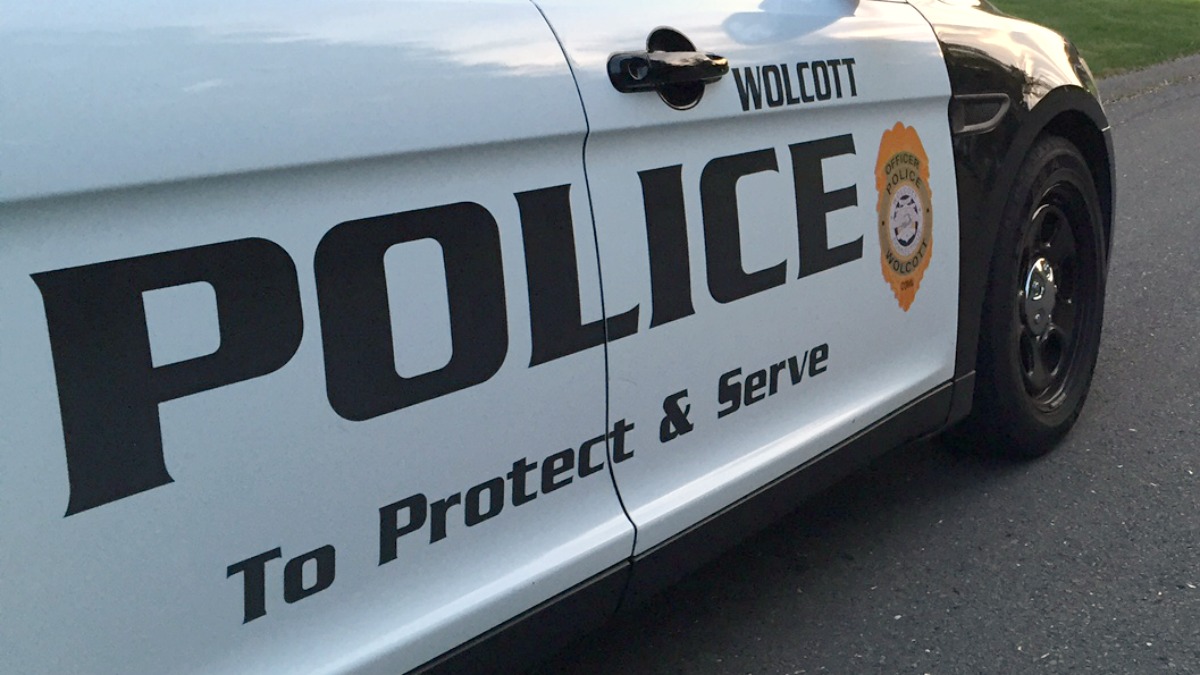“This is the action plan coming into action,” Diane Duva, Planning Director for the Emergency Response and Spill Prevention Division at DEEP said.
Two years after it first made a splash as a health and environmental hazard in the state, firefighting foam containing PFAS is now on its way out.
“A lot of science and research has gone into where we all are today in terms of realizing we really need to take a proactive action to prevent spills,” Duva said.
Diane Duva, planning director for the Emergency Response and Spill Prevention Division of DEEP, said several state agencies are now in the process of removing 30,000 to 40,000 gallons of the potentially harmful foam from 170 Connecticut towns and cities.
Get Connecticut local news, weather forecasts and entertainment stories to your inbox. Sign up for NBC Connecticut newsletters.
The catalyst for the takeback program was the accidental release of foam containing PFAS from the Signature Flight Support hangar at Bradley International Airport back in June of 2019. The foam was also deployed in the deadly B-17 plane crash at Bradley, some of which traveled into nearby Rainbow Brook. Since then, NBC Connecticut Investigates has been following the ripple effects, including the contamination of the Farmington River which prompted a fish advisory, to the creation of the governor’s interagency task force on PFAS.
“They are used for vapor suppression,” State Fire Administrator Jeff Morrissette said.
Local
Morrissette has set the guidelines for fire departments use of the foam since it came under the spotlight. He put stop on using the foam for training and by October 1, under new state law, all municipal fire departments must stop using the foam altogether.
"Seeing the generational impact of foam on firefighters individually not only those that have been exposed to foam through foam deployments but also it’s in the gear that firefighters wear day in and day out," he said.
Clean Harbors is responsible for removing the foam, now set to travel nearly 600 miles away to a chemical landfill in Ontario.
“Envision the most secure engineered designed facility that has a clay foundation that has a thick poly sheeting that captures all the rainwater, all the runoff water that can come so that everything is contained,” David Pannuto with CleanHarbors said.
“Let’s get it gone put it to a safe, locked down place and let’s move forward with the safer product,” Bristol Fire Department equipment technician Jay Kelly said.
Fire equipment technicians like Kelly are now preparing for the next phase of the takeback which includes removing the foam from fire apparatus and integrating a new PFAS free foam alternative.
“It’s going to be nice when this is all over and done with when our trucks have clean product in it that the guys can use,” Kelly said.
The takeback program does not apply to Connecticut’s airport fire departments which operate under federal guidelines.



